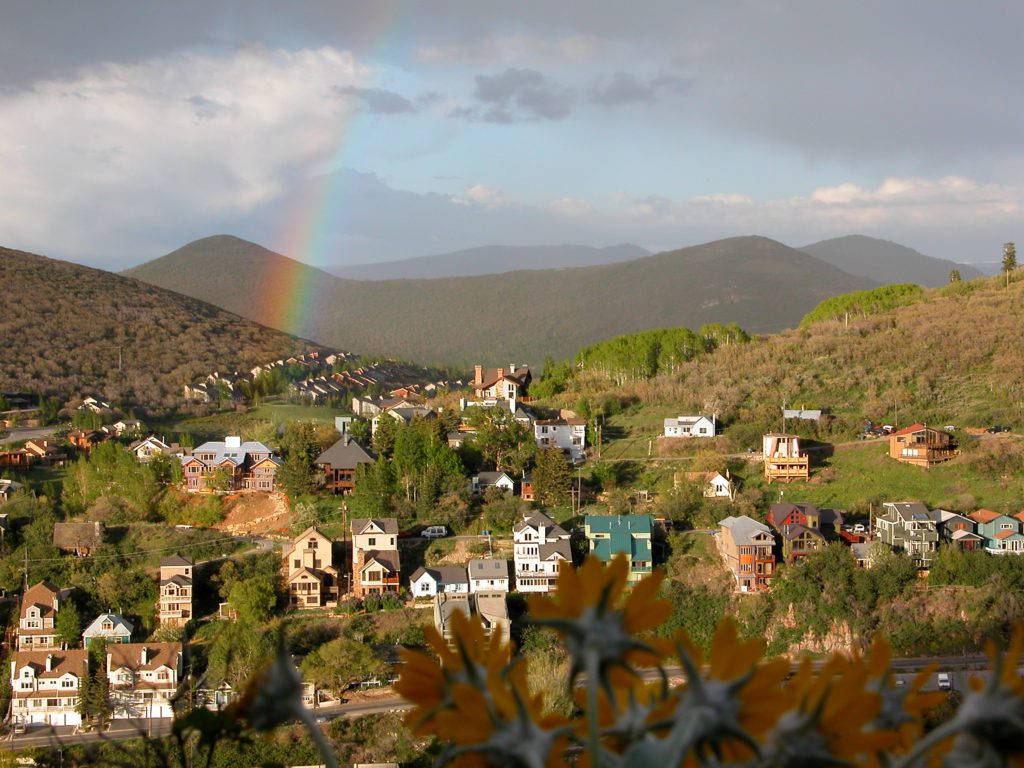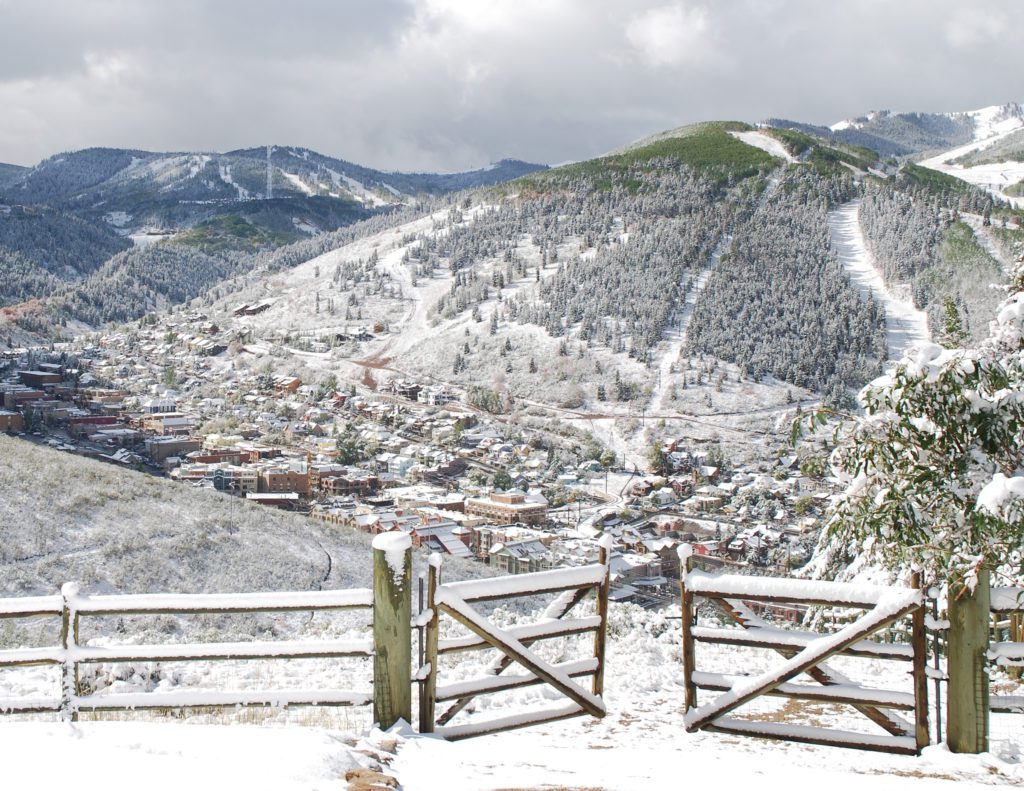Park City is a picturesque town nestled in the mountains of northern Utah and home to some of the largest ski resorts in the U.S., as well as the Sundance Film Festival, the nation’s largest film festival. While the year-round population of Park City is quite low (7,800 people), two-thirds of the real estate consists of second homes and the town hosts more than 3 million visitors each year. Park City is highly dependent on a winter of world-class snow that attracts skiers from around the world, and moderate summertime temperatures for those who want to escape the heat and humidity of lower elevations.
The weather is what sustains Park City’s resort economy and high quality of life. However, climate change is deeply affecting the community through changes in weather patterns including droughts, volatile snow events, and warmer spring and summer temperatures that shorten the ski season and extend the fire season. The community has expressed deep concerns for the environment, and the City listened.
How Park City Will Meet its 100% Renewable Energy by 2022 Goal
Solar panels produce renewable generation to Park City’s City Hall
To preserve its economy, as well as its beautiful natural setting, clean air, expansive open spaces and snow-covered mountains, Park City set North America’s most ambitious climate goals in early 2016. The goals are: net-zero carbon and running on 100% renewable electricity by 2022 for municipal operations, and by 2032 community-wide. While the pathway to reach the goals was not clear when City Council unanimously passed them, the target was set and the City has charged forward ever since.
Water-delivery optimization. Since setting these goals, City employees have rallied and jumped into action. First and foremost, the focus has been to improve the energy efficiency how the City runs its business across the board. For example, due to its steep elevation changes, Park City has one of the nation’s most complex (and energy-intensive) water distribution systems in the country. The City’s Water Department is looking at ways to get water to residents as efficiently as possible and implementing technical solutions that help optimize the pumping systems.
Net-zero energy. In addition, a policy has been adopted that all new buildings and facilities built with municipal funds must be net-zero energy — that is, as energy efficient as possible with the energy balance being covered by on-site renewables
All-electric rapid transit. Another big win is the recent implementation of the initial phase of the nation’s first all-electric rapid transit line, launched one year ahead of schedule. Commuters and visitors can skip the traffic on their way into town, and instead enjoy the beautiful scenery and free WiFi on Park City Transit’s Electric Xpress.
Electric bike share. In July of 2017, the City and Summit County also teamed up to kick-off the nation’s first fully electric bike share program to enable residents and visitors of all physical abilities to bike in and around town.
100% RE commitment. Behind the scenes, City staff is working closely with the local utility to ensure new renewables are brought online to meet the City’s 100% renewable electricity goals. This is no easy feat in Utah — the state rock is coal. Although a major challenge, Park City does not want to rely on subscriber solar or RECs to meet its net-zero goals, but rather to ensure that the City’s efforts result in bringing new renewable installations online, and as close to home as possible.
Land preservation. Perhaps Park City’s greatest asset in its fight against climate change lies right in its own backyard: the vast open spaces which the City has placed under conservation easements. Park City has cooperatively preserved from development almost 10,000 acres (around 4,040 hectares) of open space, and the City is investigating ways to effectively boost the carbon sink and sequestration potential through native tree plantings, grazing techniques, and more. The City has already developed a tool to quantify how much carbon its open space lands are holding, and is working with local conservation organizations and Utah State University to develop land management pathways to net-zero carbon in the near future.
To learn more, visit Park City Sustainability.


